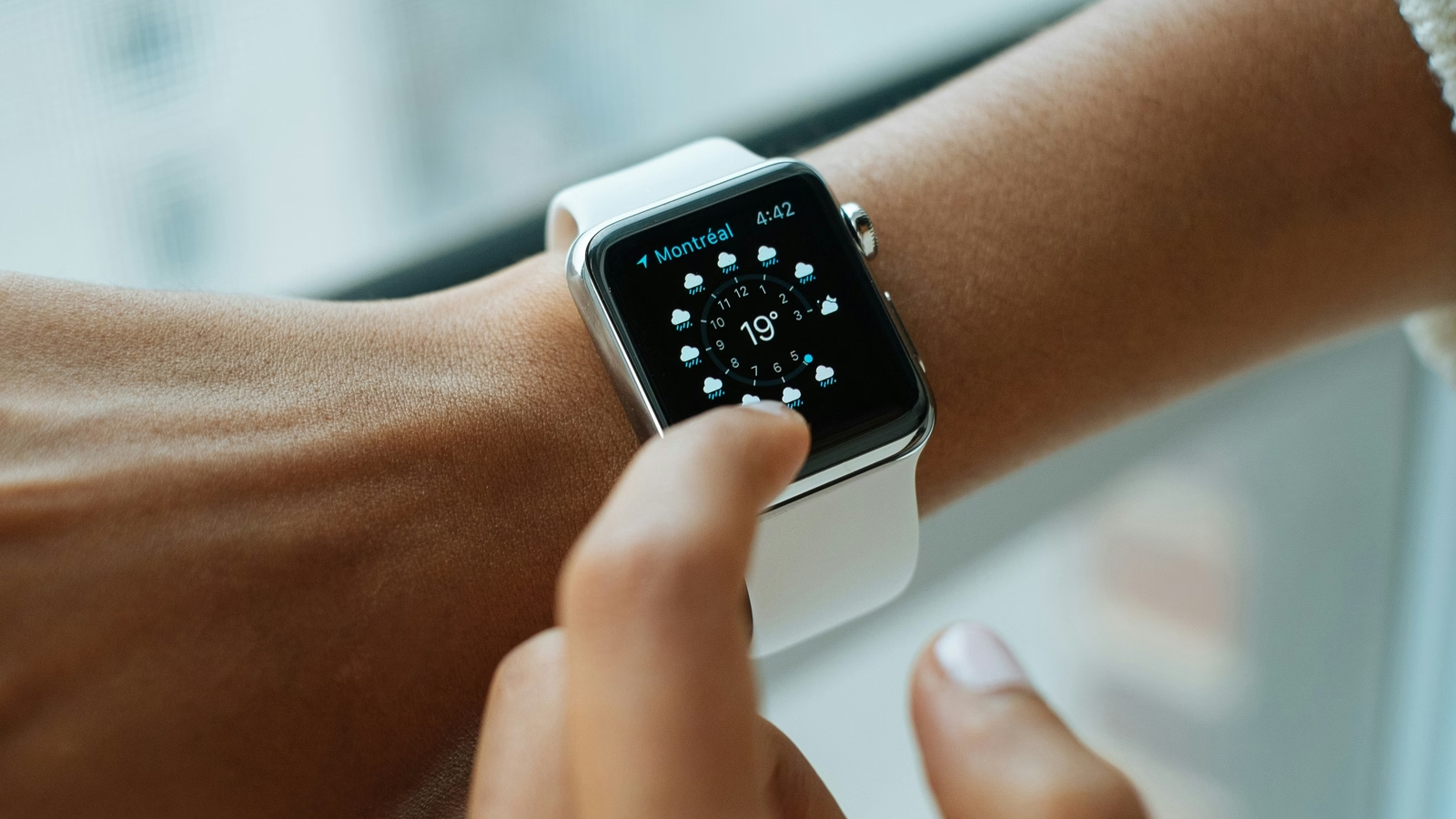The Apple iPhone 16 Pro is generating buzz well before its anticipated launch, with whispers of a major design change signaling a potential paradigm shift in the smartphone industry. Leaked images and insider information suggest the 16 Pro will sport a solid-state button design, replacing the traditional mechanical volume and power buttons. This change is expected to introduce a host of upgrades, including improved durability, water resistance, and a sleeker aesthetic.
Why the Change?
Apple’s motivation for this change is likely multifaceted. Solid-state buttons eliminate moving parts, significantly reducing the risk of mechanical failure. This enhances the phone’s overall durability and longevity. Additionally, they offer a more seamless design, further refining the iPhone’s premium look and feel. The shift also paves the way for advanced haptic feedback, allowing for a more customizable and interactive user experience.
When and Where to Expect the Change:
While Apple has yet to officially confirm the design change, the iPhone 16 Pro is expected to debut in the fall of 2024. If rumors hold true, this change will likely be exclusive to the Pro models, further distinguishing them from the standard iPhone 16.
What Does This Mean for Users?
The transition to solid-state buttons could be a game-changer for iPhone users. Here’s what you might expect:
- Enhanced Durability: Fewer moving parts mean a lower risk of mechanical failure, making the phone more resistant to wear and tear.
- Improved Water Resistance: Solid-state buttons can create a tighter seal, potentially boosting the phone’s water resistance rating.
- Sleeker Design: A seamless button design contributes to a more refined and modern aesthetic.
- Advanced Haptic Feedback: Customizable haptic feedback could provide a more immersive and interactive user experience.
Deeper Dive into the Design Change:
The shift to solid-state buttons represents a significant departure from traditional smartphone design. Here’s a closer look at what this change entails:
- How They Work: Solid-state buttons use pressure sensors and haptic feedback to simulate the feel of a physical button press.
- Benefits: They offer improved durability, water resistance, and a sleeker design.
- Challenges: The technology is relatively new and could face teething issues. User adoption could also be a hurdle, as people are accustomed to physical buttons.
The Broader Impact:
If Apple successfully implements solid-state buttons on the iPhone 16 Pro, it could set a new trend in the smartphone industry. Other manufacturers might follow suit, leading to a wider adoption of this technology. This could usher in a new era of smartphone design, characterized by increased durability, improved functionality, and a more seamless aesthetic.
Expert Opinions and User Reactions:
Industry experts and tech enthusiasts have expressed mixed reactions to the rumored design change. Some applaud Apple’s innovation and willingness to push boundaries. Others express concerns about potential drawbacks, such as accidental button presses and a less tactile user experience. User reactions on social media and online forums are similarly divided, highlighting the polarizing nature of this potential change.
The rumored design change on the iPhone 16 Pro represents a bold step towards the future of smartphone design. While it remains to be seen how users will respond, the potential benefits of solid-state buttons are undeniable. If Apple executes this change well, it could set a new standard for the industry and pave the way for even more innovative designs in the years to come.










Add Comment